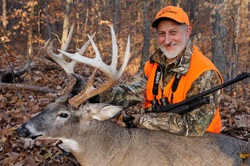 The Incredible Wedge by Brad Herndon The Thinker is a bronze and marble sculpture created by Frenchman Auguste Rodin in the early 1900s. It shows a man in sober meditation battling a powerful internal struggle. It is often used to represent philosophy. Today, The Thinker is the most recognized work in all of sculpture. Rodin’s two most popular works, The Kiss and The Thinker, are widely used outside the fine arts as symbols of human emotion and character. That last sentence about emotion and character should remind you of our last Creative Photography lesson about the importance of emotion in your pictures. And yes, emotion carries over into paintings, carvings, and sculptures. Today, though, I’m not talking primarily about emotion, but instead about a figure called the wedge that creates emotion in a picture. The wedge, incidentally, also could be called a “V”. Regardless, this composition is tremendously powerful and extremely eye-appealing, and I’ll go back to The Thinker sculpture to illustrate the point. The Thinker sculpture is familiar to many people in most countries in the world primarily because of the artist’s great skills in showing detail in his works of art, plus his ability to show emotion and character. That being said, if one looks closely at The Thinker and evaluates it you will notice how many wedges are in this sculpture. The arms and legs are in the form of a wedge and without this composition I personally doubt if the work would have become world famous. 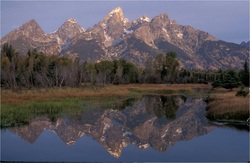 Mountains are appealing because of the wedge Examples Of The Wedge Working When people tell me how they enjoy seeing a flock of Canada geese fly over, I usually point out to them that the reason they enjoy the geese flying over so much is because of the wedge, or V, formation in which they fly. The same goes for a flight of sandhill cranes. If either of these groups of birds flew in a straight line they would be rather boring to watch. Likewise, most people thoroughly enjoy looking at mountain scenes. The reason? It’s because those mountain peaks are in the form of a wedge. Another eye-appealing picture folks like to look at is a train coming forward in a picture, with the boxcars behind the engine trailing off toward the horizon. If you examine these pictures carefully, you will see the train forms a wedge as the train’s boxcars diminish in size into the distance.  The wedge formed by trees makes this a contest winner Also, an old dead tree silhouetted against a beautiful sunrise or sunset usually evokes a favorable response from people viewing the picture. The beautiful colors have a positive effect, no doubt, but those wedges formed by the tree trunk and the branches also play a big part in the picture’s appeal. 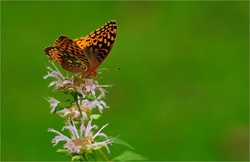 This butterfly’s wings form an attractive wedge. The ways the powerful wedge can be worked into your photography is almost unlimited if you are alert to the possibilities. It can be a butterfly or a bird’s wings forming a wedge, two trees crossing in a picture, a shaft of beautiful light coming out of black clouds at sunrise or sunset, or perhaps the many wedges you can find in farm fields. 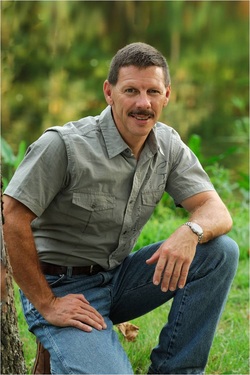 Kevin Kramer’s portrait is a great example of wedge use. Using Wedges In People Photography Wedges can be put to excellent use in people photography, both with groups and individuals. For example, when you are posing a small number of people for a picture, line them up with the tallest people in the middle and then the next tallest person next to them, and so on. Of course this forms a wedge that is pleasing to the eye. Likewise, instead of having a child stand straight up by a tree to take their picture, have them lean against the tree and bend one knee. Again an interesting wedge is formed, this time by their knee. Bent elbows also form an eye-appealing wedge. Pose a child standing straight up and down and see how interesting it is. Not very. Have them place one hand on their hip and see how the picture gets more interesting with the wedge formed by the arm. In a similar manner, pose a mom standing straight up and down glaring at her daughter. Although “the look” carries some emotion, for sure, try having the mom look the same only with both of her hands on her hips. Now you have a powerful picture because of the two wedges formed by the arms, a shot that says, “Kiddo, you have had it!” 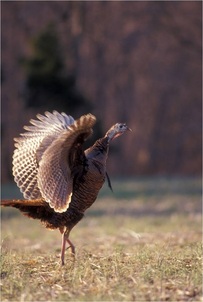 Look at the wedge formed by the legs! Even Subtle Wedges Work As many of you know, Miss Carol and I make our living doing wildlife photography and in-the-field hunting setups for outdoor related companies. When we are photographing, we are constantly on the lookout for how we can incorporate wedges into our pictures. For example, if a big turkey is standing with head erect and alert, it’s a good picture. However, if its legs are straight and together, that part of the picture is uninteresting. It may even look like it’s standing on only one leg. In these cases, I capture the first shot, then hope the gobbler takes another little step and separates his legs, thus forming a wedge. When this happens the picture immediately becomes more exciting and it gives us an added edge in making a sale. 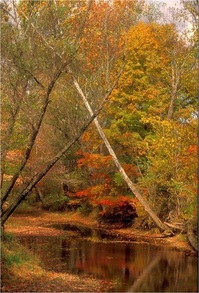 Folks love this simple wedge formed by trees Dogs are neat animals, and you see many pictures of bird hunting dogs in the field. Some of the most interesting shots are of these dogs on point where they have one front leg raised. The leg, as you have guessed by now, forms a wedge. I could go on and on about wedges because I like them so much. One fellow photographer even said I was “wedge crazy” one time. I think if you study everything you photograph, from people, to birds, animals, and landscapes, you will soon find many instances where you can incorporate a wedge into the picture and make it a stronger image. Now, before signing off, I want to tell you about the most important wedge of all.  The Most Important Wedge In The World Overall, the general public finds pictures of people praying extremely interesting. Sometimes these pictures show only the hands in prayer. At other times, the hands and arms of the person are shown. And in many images the entire person is shown in prayer. These images carry great impact from a compositional standpoint. Here’s why. Moreover, you will find that two hands together in prayer form a wedge. If only the hands and arms are shown, the arms usually form a wedge when seen either from the front, or from the side. The same goes for the full body shots. More importantly, though, the images profoundly touch people because of the spiritual aspect of the pictures. It shows a person having a direct, and immediate, conversation with the Creator of the universe. Nothing is more important than this. 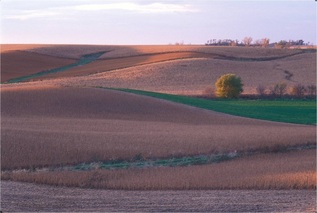 I don’t know your situation today. Some of you reading this may be perfectly healthy and happy. Others, meanwhile, may be suffering from a physical ailment, or perhaps anxiousness, depression, or some other malady. Regardless of your situation, always remember that God hears your every word, from praises, to requests for divine help. And he promises to never leave you. So clasp your hands in prayer whenever you can, wherever you are, and enjoy a wonderful conversation with a loving God. Be anxious for nothing, but in everything by prayer and supplication, with thanksgiving, let your requests be made known to God; Philippians 4:6 Copyright 2011 Brad Herndon
0 Comments
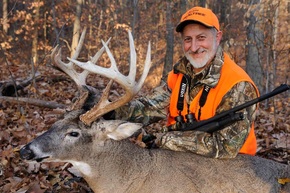 Let’s Get Emotional! By Brad Herndon I never was much for school since I always wanted to be outside doing something. That is not to say I didn’t have fun in school at times. I did. In fact, several times a couple of us would pull some prank and get so tickled in class we couldn’t stop laughing. We usually got chewed out for disrupting the class because of our emotional outbursts. On the other side of the coin, when I was little I didn’t have much patience. I can remember playing with a little battery powered tank one time when I was about six years old. I suppose the battery was low, for the little tank wouldn’t climb over a small pillow. I first became frustrated, then angry. I hunted up the hammer and promptly beat the innocent tank into small pieces. Obviously I showed some undesirable emotions while doing this, but it did get my mom’s attention--unfortunately.  Griffin after a long day at the beach! Good Pictures Show Some Type Of Emotion Like the strong emotions of laughter and anger I just mentioned that get someone’s attention, all really good pictures will convey some type of emotion. A picture can capture various kinds of emotion. Among them are laughter, happiness, joy, peace, hate, love, anger, stress, relaxation, fear, excitement, sorrow, amazement, and many more. This is why it’s so important for you to evaluate each picture you plan to take and determine what type of emotion you have the opportunity to capture. In the first shot with this article, Pastor Paul took a picture of his young son Griffin sound asleep with a great snack in his lap. Obviously he was sleepier than he was hungry. This picture, while tremendously cute, probably appeals to us more because of his peacefulness. Wouldn’t we all like to sleep that soundly? In the next picture a young lad named Landon shows what his emotions are like when he is at home with his mom Bridget and his dad Adam. The second picture shows his happy disposition when he stays with Grandma and Grandpa. Bridget Disque took both pictures of Landon and both are great pictures because of the emotion she was able to share with those viewing the pictures. Windows, Wonderment And More In the black and white picture of my son-in-law’s nephew Tai I used the light from a window and was fortunate enough to have Tai look up, which produced a feeling of wonderment. This shot is actually an excellent portrait and sometime in the future I’ll devote an entire lesson to doing portraits using the light coming in through a window. The picture of the two men overlooking the valley gives one a feeling of peacefulness and relaxation. It makes you wish you were right there with them, enjoying the day as they are. The waterfall picture, while showing no people in the picture, also gives the same emotional feeling of peacefulness and relaxation. Interestingly, the feeling in this picture was purposely planned by me and was achieved by using a certain shutter speed on my camera. This will also be the subject of an article in the future.  Fun and excitement! Emotional Extremes Capturing action in a scene produces the emotion of excitement. Two weeks ago Miss Carol and I attended our Granddaughter Hannah’s 10th birthday party. While there I got an action shot of Hannah (right) and her sister Jessica having fun sliding into a pool of water. They were excited and having fun and it shows. 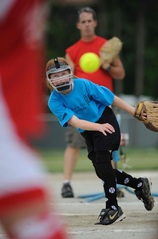 People love to see action Later on that day I positioned myself behind home plate (yes, there was a fence in front of me) and was able to get some great shots of Hannah fast pitching the softball during one of her games. Great action photographs, whether they are sports related or wildlife related, are real eye catchers because they contain so much emotional excitement. The picture of the grizzly bear, meanwhile, is associated with an emotion we don’t like at all—fear! Believe me, as I was standing there 20 yards away taking pictures of this bear the idea I might be this grizzly’s next meal produced a little fear in me. The last picture in this article shows a military graveyard in southern Illinois. On the tombstones are various words, among them beloved father, beloved husband, and loving grandfather. When I show this picture in one of our Creative Photography Seminars everyone, regardless of age, is so quiet you could hear a pin drop. The emotional impact it carries is tremendous--a feeling of extreme sadness for the lives that were lost in war. An Emotion Without A Picture
In this short piece I’ve only been able to show a few pictures and talk about the type of emotion each one captures. However, it’s enough, I believe, to convey the idea to you of how important emotion is in each picture that you take. There is one emotion, though, that I didn’t show a picture of for illustrative purposes. The emotion is love. I could have shown a photograph of a young couple kissing on their wedding day. Certainly this would have shown love. Or perhaps a shot of a mom and her young daughter walking down a lane. Or how about a couple who have been married for 50 or more years sitting in a porch swing holding hands. Long lasting love is precious. The reason I didn’t show any pictures of love is because the greatest love ever shown never had a picture taken of it. It was the day Jesus Christ, the only son of our heavenly Father, laid down his life on the cross for our sins. Jesus’ life, death, burial and resurrection, while a word picture, conveys to us a love almost beyond our comprehension. Keep this wonderful emotion of heavenly love in your heart as you go about living your life, and taking your pictures. Be an example to others and share with them the love that has so graciously been given to you. By doing so, you will not only have eye catching emotion in your pictures for people to see, but you will also have the emotion of love in your life that will draw others to Jesus. "For God so loved the world, that he gave his only begotten Son, that whosoever believeth in him should not perish, but have everlasting life". John 3:16 |
Brad and Carol HerndonBrad and Carol Herndon live in a small cabin nestled in beautiful Browstown, In. Brad and Carol have the unique ability to see the world through the lens of a camera! They take this wonderful gift and use it to bring those who view thier work closer to the Creator, Almighty God, who has created all things seen and unseen! Archives
July 2011
Categories |


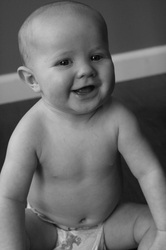
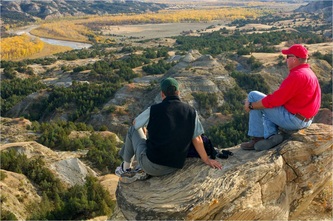
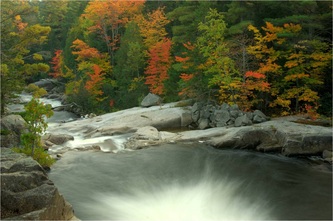
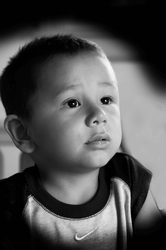
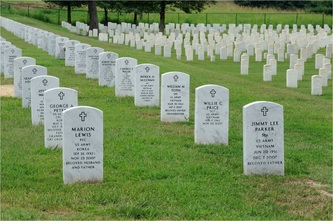
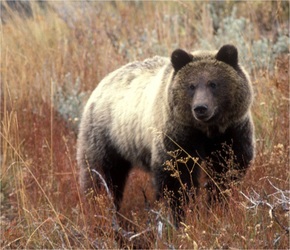
 RSS Feed
RSS Feed
